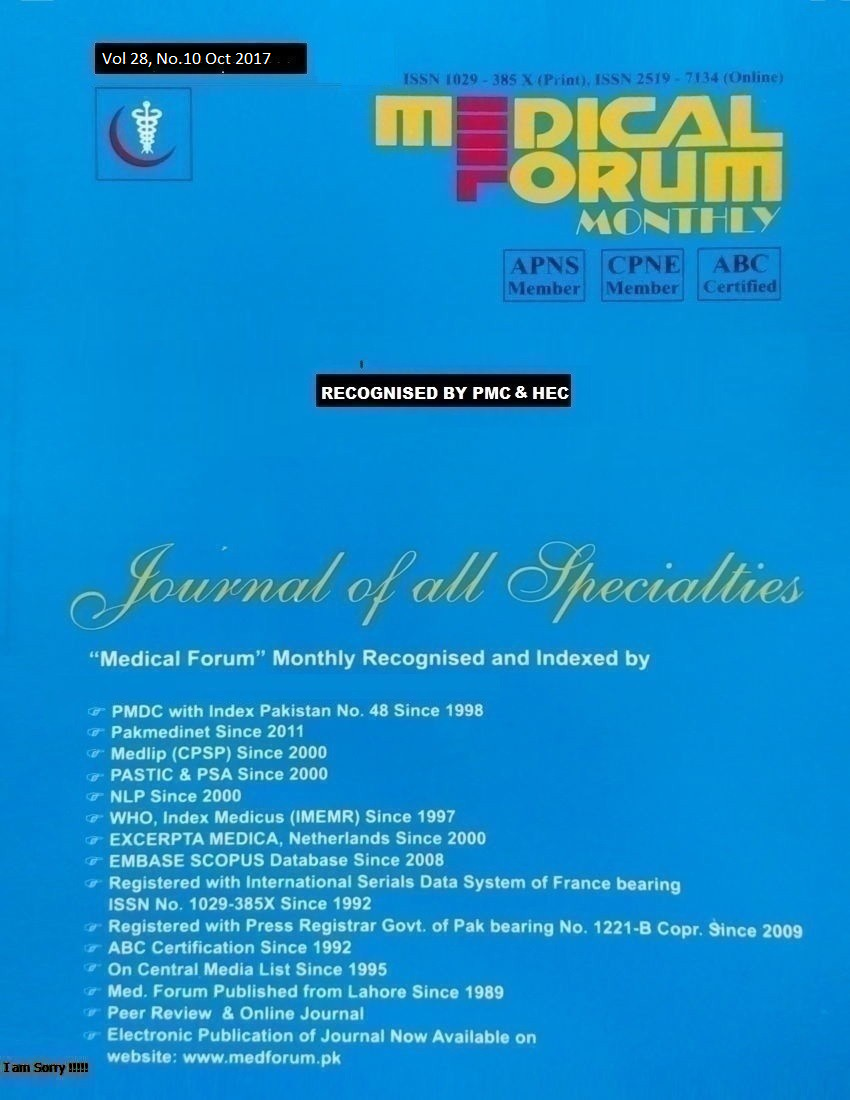
7. Orthodontic Treatment and Periodontal Health Status in Pakistani Orthodontic Patients
Naheed Najmi1, Muhammad Nadeem2 and Tahera Ayub3
ABSTRACT
Objective: To determine the effect of duration of orthodontic treatment among orthodontic patients. To determine the efficacy of orthodontic brushes among orthodontic patients. Study Design: Randomized clinical trial study
Place and Duration of Study: This study was conducted at Liaquat College of Medicine and Dentistry, Darul Sehat Hospital, Karachi from December 2013 till April 2014.
Materials and Methods: In this study 148 males and 267 female were recruited on the basis of non-probability convenient sampling to access the efficacy of orthodontic brushes and compare the effect with the duration of orthodontic treatment on periodontal health. We analysed the Community Periodontal Index Treatment Need (CPITN) Index and Plaque Index on participants.
Results: Results have shown that at the end of first year treatment most of the patients have high score of calculus (x2= 137.9, df=20, p<0.001). Likewise at the end of first year treatment plaque score is high too (x2= 95.76, df=12, p<0.001). Orthodontic brushes have remarkable effect on periodontal health and both calculus and plaque scores are reduced with the usage of the orthodontic brushes (x2= 12.16, df= 5, p= 0.033) (x2= 23.78, df= 3, p<0.001)
Conclusion: The study concludes that Orthodontic brushes are very useful to control plaque and calculus among orthodontic patients. During first year most of the patients neglect their oral health therefore their CPITN and Plaque Index are high.
Key Words: Periodontal Index, Plaque Index, Bleeding on Probing, Plaque
Citation of articles: Najmi N, Nadeem M, Ayub T. Orthodontic Treatment and Periodontal Health Status in Pakistani Orthodontic Patients. Med Forum 2017;28(10):29-32.
